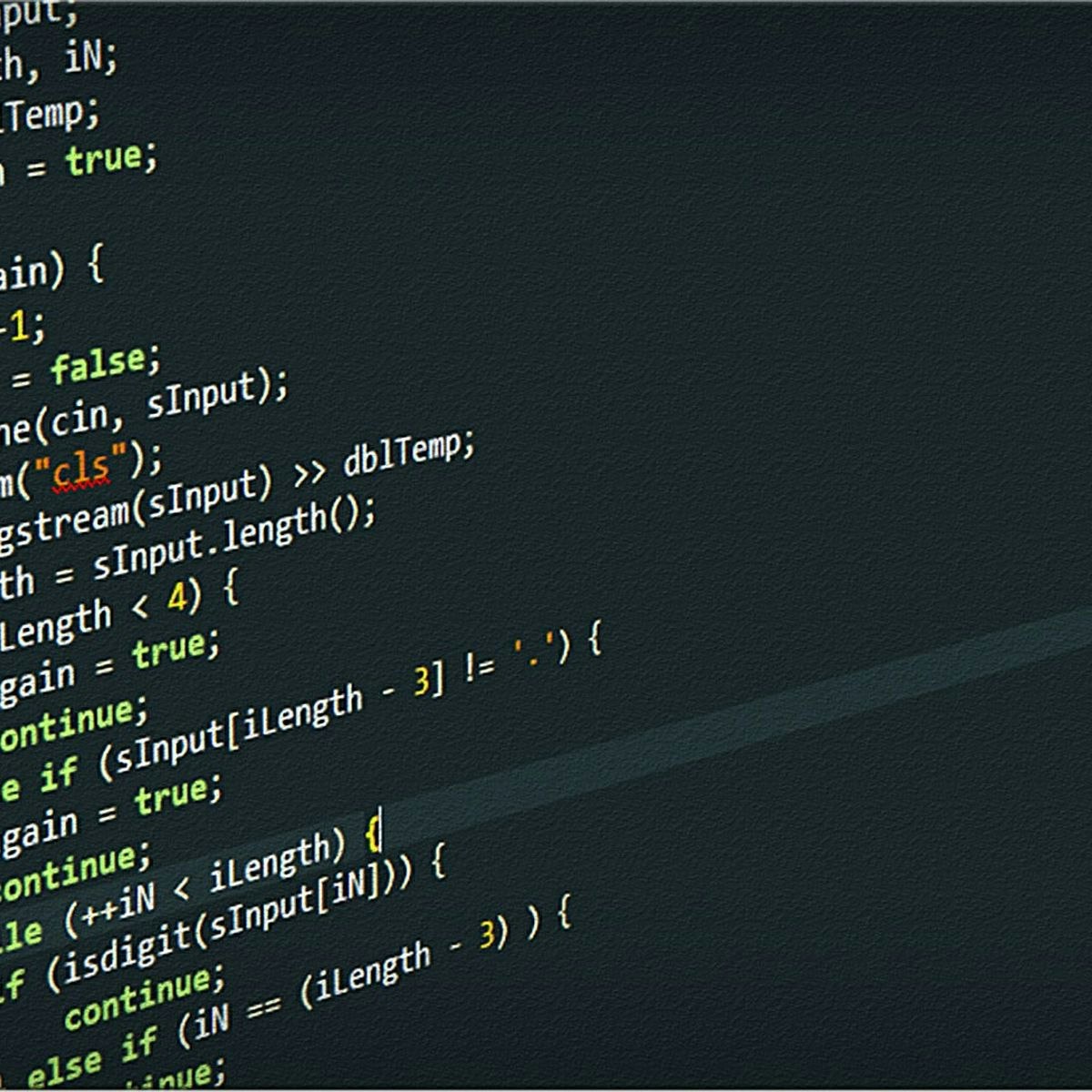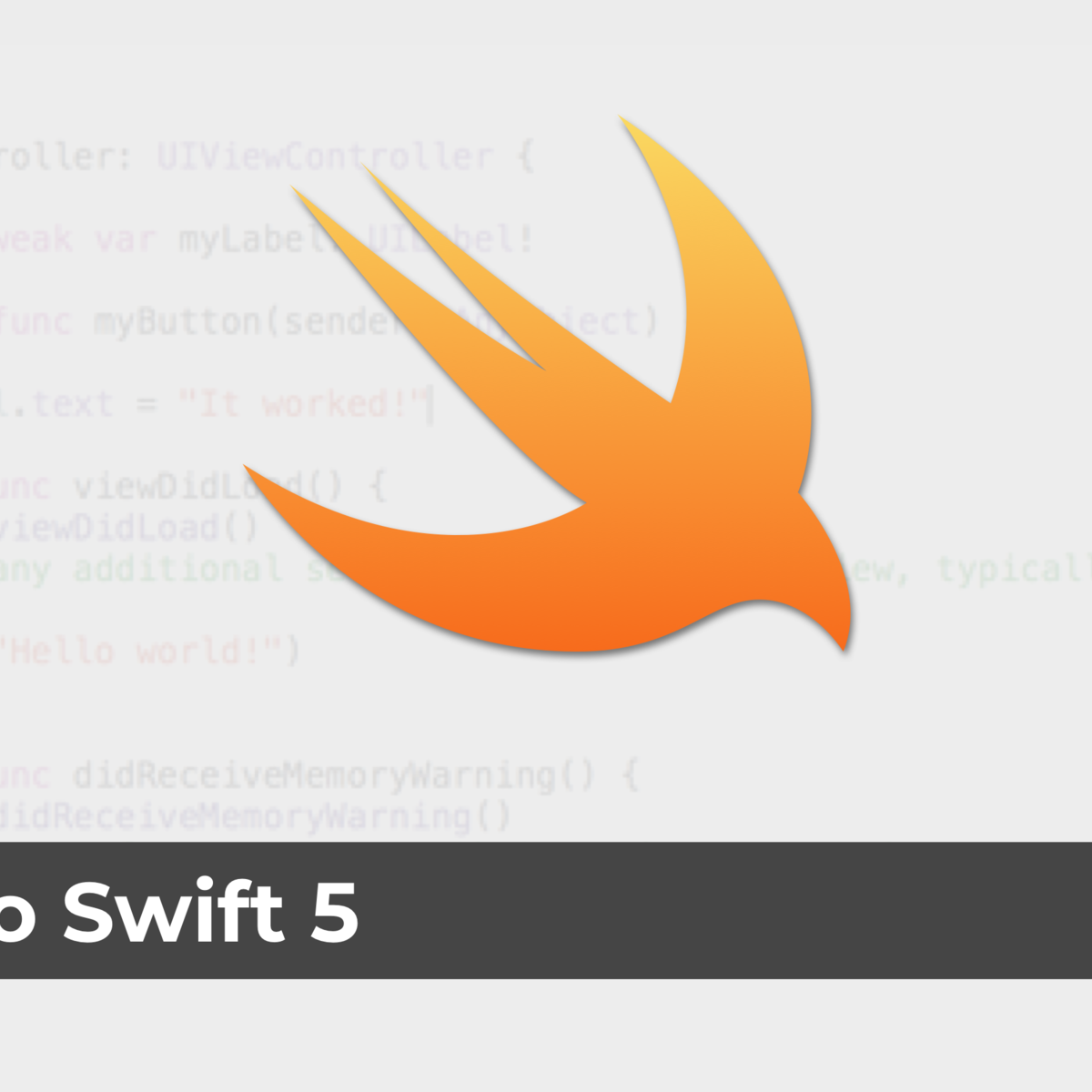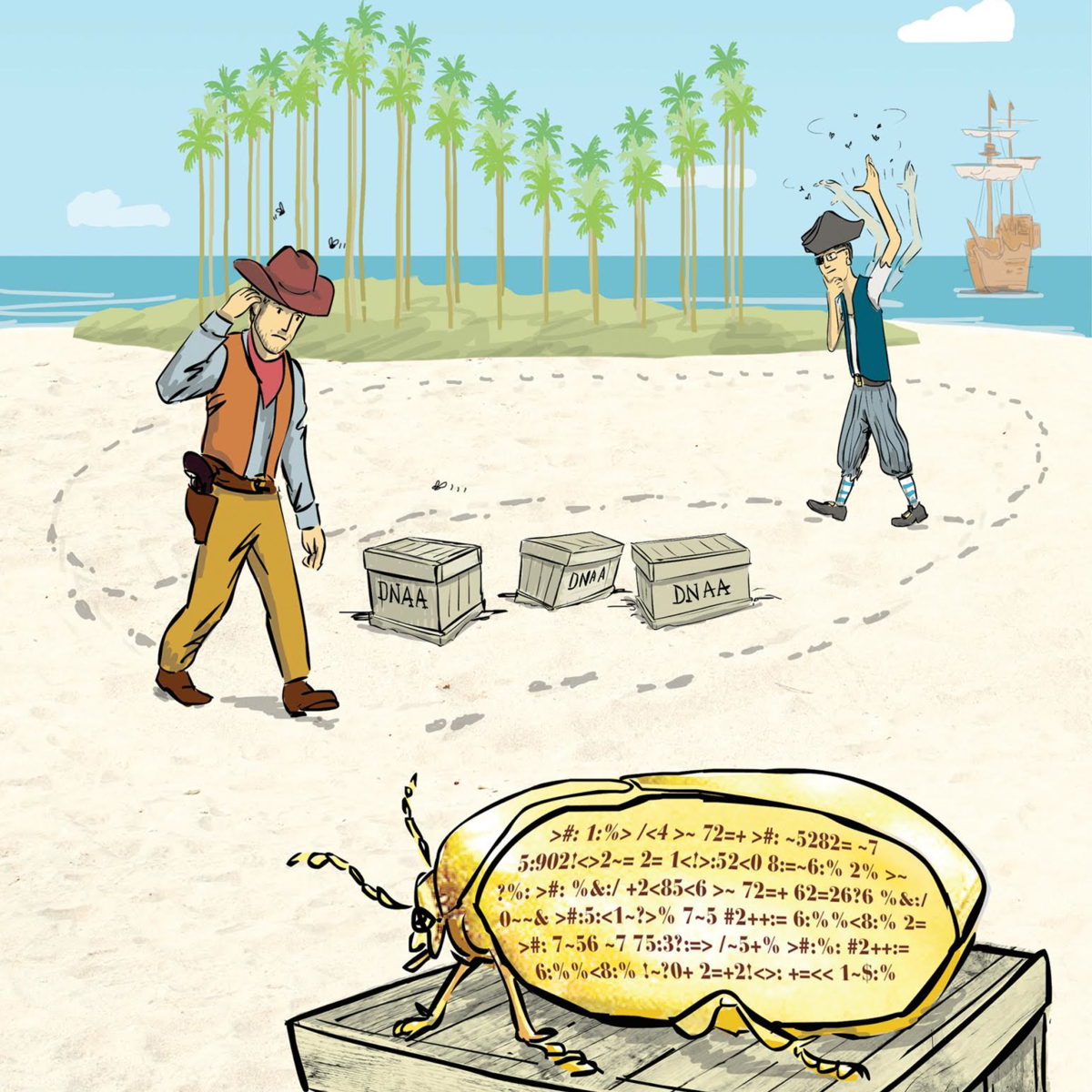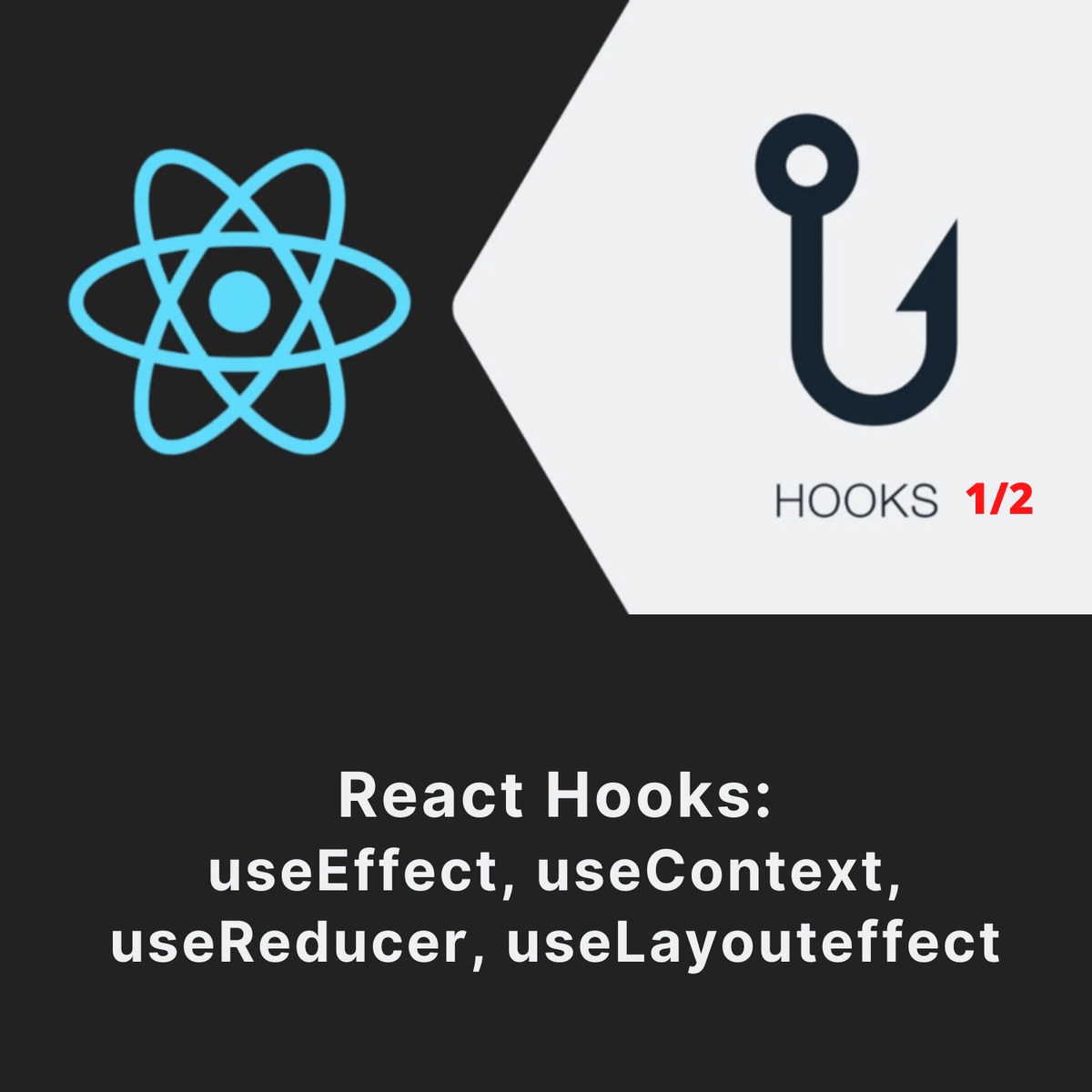Back to Courses









Software Development Courses - Page 70
Showing results 691-700 of 1266

Add and Modify Records with COBOL
In this project you will learn to process data records in a sequential file using COBOL. You will code, compile, and run programs that add new records to an existing file and modify individual data values on existing file records. Your hands-on practice will take place in the PC-based OpenCobolIDE application.

Create a Dynamic-Link Library with DevC++ for Python
By the end of this project you will implement a function using C that raises each element of an array to a given power and then call the function using the Python ctypes package.
The C programming language is the basis for many other programming languages. Its performance cannot be matched in any other language. Python is known for its simplicity, allowing the programmer to focus on the application. Sometimes it is useful to take advantage of the speed of C in a Python application.
Note: This course works best for learners who are based in the North America region. We’re currently working on providing the same experience in other regions.

Introduction to Software Testing
After completing this course, you will have an understanding of the fundamental principles and processes of software testing. You will have actively created test cases and run them using an automated testing tool. You will being writing and recognizing good test cases, including input data and expected outcomes.
After completing this course, you will be able to…
- Describe the difference between verification and validation.
- Explain the goal of testing.
- Use appropriate test terminology in communication; specifically: test fixture, logical test case, concrete test case, test script, test oracle, and fault.
- Describe the motivations for white and black box testing.
- Compare and contrast test-first and test-last development techniques.
- Measure test adequacy using statement and branch coverage.
- Reason about the causes and acceptability of and poor coverage
- Assess the fault-finding effectiveness of a functional test suite using mutation testing.
- Critique black-box and white-box testing, describing the benefits and use of each within the greater development effort.
- Distinguish among the expected-value (true), heuristic, consistency (as used in A/B regression), and probability test oracles and select the one best-suited to the testing objective.
- Craft unit and integration test cases to detect defects within code and automate these tests using JUnit. To achieve this, students will employ test doubles to support their tests, including stubs (for state verification) and mocks (for behavioral verification) (https://martinfowler.com/articles/mocksArentStubs.html).
This course is primarily aimed at those learners interested in any of the following roles: Software Engineer, Software Engineer in Test, Test Automation Engineer, DevOps Engineer, Software Developer, Programmer, Computer Enthusiast. We expect that you should have an understanding of the Java programming language (or any similar object-oriented language and the ability to pick up Java syntax quickly) and some knowledge of the Software Development Lifecycle.

Requirements Gathering for Secure Software Development
In Software Requirements Elicitation for Secure Software Development, we're going to discuss the overall software requirements process as it applies in waterfall, spiral, and agile models. You'll learn about each of these processes and your goals as a software requirements analyst. This is not an easy task! Who do you talk to, when, and what kind of knowledge are you trying to obtain, in any software life cycle? How do you handle obstacles as you go?
These are the questions we will focus on answering in this specialization.

Tables, Data & Networking in iOS
In this course you will learn how to work with data in iOS. Data is the key ingredient for any functional app and one must learn how to properly display it to the user. You will learn how to use tables and collection views to display data to users, and how to use Core Data to build more robust, data-driven applications.
Every app must have data. Making web requests is by far the most common thing you will do as an iOS developer. You will learn how to get your apps working with servers and external data. Throughout the course, you will create a ToDo app, including learning how to decode data from a web server as well as how to make POST requests.

Biology Meets Programming: Bioinformatics for Beginners
Are you interested in learning how to program (in Python) within a scientific setting?
This course will cover algorithms for solving various biological problems along with a handful of programming challenges helping you implement these algorithms in Python. It offers a gently-paced introduction to our Bioinformatics Specialization (https://www.coursera.org/specializations/bioinformatics), preparing learners to take the first course in the Specialization, "Finding Hidden Messages in DNA" (https://www.coursera.org/learn/dna-analysis).
Each of the four weeks in the course will consist of two required components. First, an interactive textbook provides Python programming challenges that arise from real biological problems. If you haven't programmed in Python before, not to worry! We provide "Just-in-Time" exercises from the Codecademy Python track (https://www.codecademy.com/learn/python). And each page in our interactive textbook has its own discussion forum, where you can interact with other learners. Second, each week will culminate in a summary quiz.
Lecture videos are also provided that accompany the material, but these videos are optional.

Query Django models across relationships
In this 1-hour long project-based course, you will learn how to perform deep filter operations over 1, 2 and 3 relationships. You will learn how to use the “in” field lookup to create a filter inside a filter. You will discover the difference between using a comma in a filter call and nesting filters via an example, and will see the difference between the implementation of the “comma” in the filter and the exclude methods.
Note: This course works best for learners who are based in the North America region. We’re currently working on providing the same experience in other regions.

Business Intelligence Concepts, Tools, and Applications
This is the fourth course in the Data Warehouse for Business Intelligence specialization. Ideally, the courses should be taken in sequence. Effectively and efficiently mining data is the very center of any modern business’s competitive strategy, and a data warehouse is a core component of this data mining. The ability to quickly look back at early trends and have the accurate data – properly formatted – is essential to good decision making. By enabling this historical overview, a data warehouse allows decision makers to learn from past trends and challenges. In essence, the benefit of a data warehouse is continuous improvement.
By the end of the course, you will be able to enhance Conformity And Quality of Data by gaining the knowledge and skills for using data warehouses for business intelligence purposes and for working as a business intelligence developer. You’ll have the opportunity to work with large data sets in a data warehouse environment and will learn the use of MicroStrategy's Online Analytical Processing (OLAP) and Visualization capabilities to create visualizations and dashboards.
The course gives an overview of how business intelligence technologies can support decision making across any number of business sectors. These technologies have had a profound impact on corporate strategy, performance, and competitiveness and broadly encompass decision support systems, business intelligence systems, and visual analytics. Modules are organized around the business intelligence concepts, tools, and applications, and the use of data warehouse for business reporting and online analytical processing, for creating visualizations and dashboards, and for business performance management and descriptive analytics.
This course is intended for business and computer science university students, IT professionals, program managers, business analysts and anyone with career interests in business intelligence.
In order to be successful in this course, you should have either completed Course 3 of the Data Warehousing for Business Intelligence Specialization or have some prior experience with data visualization and document management.

Interpretable Machine Learning Applications: Part 2
By the end of this project, you will be able to develop intepretable machine learning applications explaining individual predictions rather than explaining the behavior of the prediction model as a whole. This will be done via the well known Local Interpretable Model-agnostic Explanations (LIME) as a machine learning interpretation and explanation model. In particular, in this project, you will learn how to go beyond the development and use of machine learning (ML) models, such as regression classifiers, in that we add on explainability and interpretation aspects for individual predictions.
In this sense, the project will boost your career as a ML developer and modeler in that you will be able to explain and justify the behaviour of your ML model. The project will also benefit your career as a decision-maker in an executive position interested in deploying trusted and accountable ML applications.
This guided project is primarily targeting data scientists and machine learning modelers, who wish to enhance their machine learning application development with explanation components for predictions being made. The guided project is also targeting executive planners within business companies and public organizations interested in using machine learning applications for automating, or informing, human decision making, not as a ‘black box’, but also gaining some insight into the behavior of a machine learning classifier.
Note: This guided project based course works best for learners who are based in the North America region. We’re currently working on providing the same experience in other regions.

React Hooks: useEffect, useContext, useReducer, Layouteffect
By the end of this course you will have a solid grasp of some of the most important hooks in React. We will start by understanding the tricky parts of hooks and spend time digging deeper than other courses, logging everything. We then go ahead to consume our hooks in real life examples.
This course is aimed at developers who are familiar with React and hooks in general, understand the basics well, and would like to have some more experience, especially using some of the more advanced and dynamic development patterns in React.
Popular Internships and Jobs by Categories
Browse
© 2024 BoostGrad | All rights reserved


